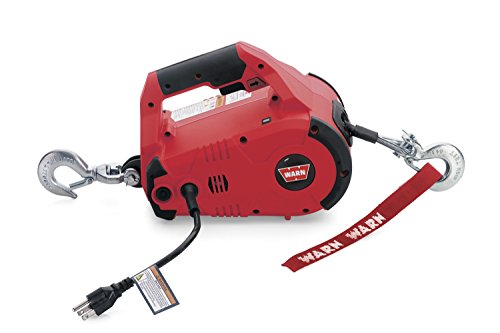[url=https://www.classicgoldwings.com/forum/viewtopic.php?p=117015#p117015:3sv8zzox said:
ekvh » Tue May 06, 2014 4:10 pm[/url]":3sv8zzox]
Wouldn't vacuum slowly deteriorate due to additional friction losses along the walls? Not much, but a bit. You would have more ramming effect because you have more volume and therefore mass, pushing it in the cylinder. I wish there was something that could be done to change the nearly 180 degree turn it has to make. That must be the advantage to the Weber's like Randakk and others use. With the single carb its almost 270 degrees of turns. I think every time a charge negotiates a turn it changes shape.






















































